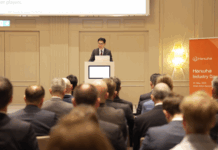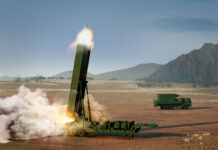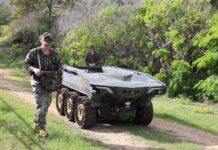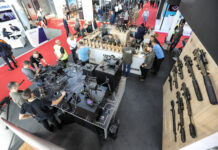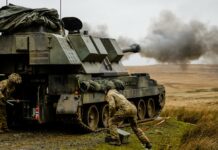The recent Hague Summit represents a rare but pivotal moment – signaling a fundamental shift in Europe’s defense posture and industrial strategy. The launch of the Hague Defence Investment Plan (DIP) marks more than a policy milestone; it signals a fundamental shift in Europe’s approach to collective security and industrial readiness. For the defense industry, this is not merely an invitation to observe – it’s a call to action.
Notably, the goals of the Hague Plan closely align with the EU– Republic of Korea (ROK) Security and Defence Partnership established in late 2024 – underscoring the rapid convergence of strategic priorities. This partnership is not theoretical. It is rooted in shared values, complementary industrial strengths, and a common understanding of the urgent challenges we face.
High-level political declarations are important. But their true test lies in execution – on production lines, across supply chains, and in collaborative boardrooms. The Hague Plan will ultimately be judged not by its intentions, but by the tangible capabilities can be delivered together.
NATO’s Rapid Adoption Action Plan (RAAP) adds critical momentum. For the first time, we have a clearly defined 24-month timeline – a sense of urgency that reflects today’s strategic environment. This is not about future-proofing for the next decade; it’s about mobilizing existing capabilities now, while laying the groundwork for a more resilient and autonomous Europe.
From an industrial standpoint, this opens the door to a “networked defense ecosystem – one built on trust, co-investment, and shared purpose. European strategic autonomy does not mean isolation. Rather, it is about equipping Europe with real industrial options – partnerships that reinforce sovereignty instead of substituting for it.
This model has already been demonstrated this model take shape in countries like Poland and Romania, where Hanwha is engaged not only as a supplier, but as a long-term industrial partner. These efforts go beyond transactional sales. When co-production efforts on European soil, this creates local jobs, sustainable supply chains, and meaningful technology transfers that enhance regional resilience. This is defense cooperation at its best – mutually beneficial, future-oriented, and politically grounded.
Innovation will be a critical driver of this effort. NATO’s DIANA Test Centres and Innovation Hubs are not symbolic – they are active platforms where next-generation technologies are tested, scaled, and deployed. The opportunity lies in combining Europe’s vast innovation capacity with proven, deployable systems and sustained joint investment. Together, industry can deliver faster, smarter, and stronger solutions.
The geopolitical reality facing Europe is sobering. Aspirations alone are not enough – capabilities must follow, and quickly. The Hague Plan provides a destination. The EU–ROK partnership helps define the route. RAAP offers a timeline. Now, it falls upon the defense industry to become the engine that drives this vision forward.
This moment calls for industry to step up – not just as suppliers of hardware, but as strategic partners. The framework is in place. The political alignment is unprecedented. What is needed now is execution – clear priorities, sustained industrial cooperation, and a shared commitment to results.
The industry stands ready to meet that challenge.
Michael Coulter, President and CEO, Hanwha Global Defense



![Michael Coulter, President and CEO, Hanwha Global Defense [Hanwha Aerospace]](https://euro-sd.com/wp-content/uploads/2025/07/250425-한화-마이클-쿨터-사장님2799-Kopie.jpg)



